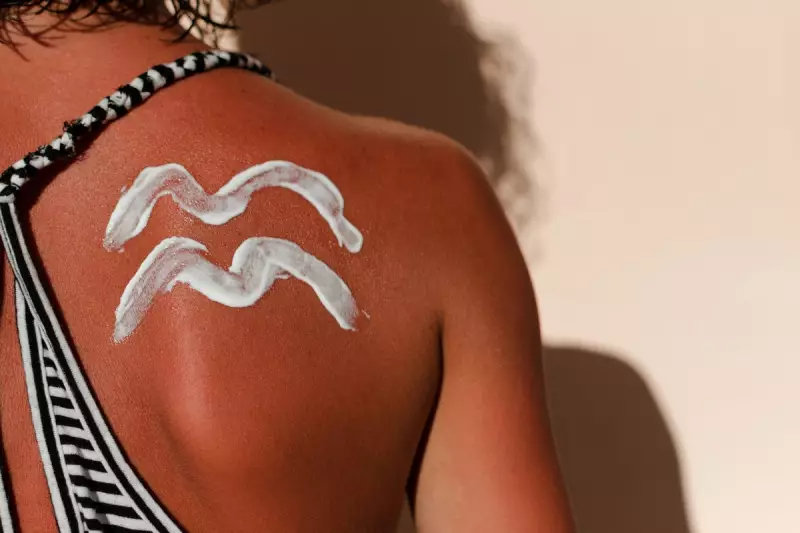
In a groundbreaking development that could transform sun safety, scientists have created an innovative wearable patch that detects harmful ultraviolet radiation in real-time. This clever technology promises to help millions avoid sunburn and reduce their risk of developing skin cancer.
How the Revolutionary UV Detector Works
The ingenious patch contains special photosensitive molecules that undergo a dramatic colour change when exposed to dangerous levels of UV radiation. Starting with a pale yellow hue, the patch gradually darkens to a vivid orange-red as UV exposure increases, serving as an unmistakable visual warning to seek shade or apply additional sunscreen.
What makes this technology particularly remarkable is its accessibility. The researchers have deliberately designed the patch to be affordable and easy to manufacture, potentially making sophisticated sun protection available to everyone from construction workers and outdoor enthusiasts to parents concerned about their children's sun exposure.
A Personal Sun Safety Assistant
Professor Andrew Evans from the University of Lancaster, one of the lead researchers, emphasised the practical benefits: "This isn't just another gadget – it's a personal sun safety assistant that provides immediate, understandable feedback. Unlike smartphone apps that require constant checking, our patch gives continuous, passive monitoring that doesn't interfere with daily activities."
The timing of this innovation couldn't be more crucial. With skin cancer rates climbing steadily across the UK and many people still underestimating the strength of the sun, this simple yet effective solution could prevent countless cases of sunburn and potentially save lives.
Beyond Basic Sun Protection
The potential applications extend far beyond casual beach use. Consider these scenarios where the UV detector could make a significant difference:
- Outdoor workers: Construction crews, landscapers and agricultural workers who spend entire days in the sun
- Sports enthusiasts: Golfers, tennis players and runners who might not realise their cumulative exposure
- Children at school: Helping teachers determine when outdoor activities require extra sun protection
- Medical patients: Those with photosensitive conditions or increased skin cancer risk
The research team, comprising scientists from both sides of the Atlantic, has successfully tested the technology in various conditions and is now exploring partnerships to bring this life-saving innovation to market. While further development is needed to ensure durability and mass-production feasibility, the initial results are overwhelmingly positive.
This represents a significant step forward in preventive healthcare technology, combining sophisticated science with practical, user-friendly design to address one of the most common – and preventable – health risks facing people today.





